The historic town of Mandi (800 m) is built along the banks of the river Beas. It has long been an important commercial centre and the sage Mandva is said to have meditated here. This one time capital of the princely state of Mandi is a fast developing town that still retains much of its original charm and character. Today, it is a district headquarters. Mandi is renowned for its 81 old stone temples and their enormous range of fine carving, it is often called the ‘Varanasi of the Hills’. The town has remains of old palaces and notable examples of ‘colonial’ architecture. HPTDC runs a hotel here.The town’s antiquity is established by the Triloknath temple which was built around 1520 A.D. Mandi seems to have derived its name from the Sanskrit word ‘Mandoika’ meaning an open hall or shed. It was also well known to the Tibetans who called it Zahor.
HOW TO REACH
By Air:-
The nearest airport is at Bhunter 59 km away , flight from Delhi via Chandigarh).
By Rail:-
The nearest railway stations are Joginder Nagar and Shimla by narrow gauge train, Chandigarh and Kalka by broad gauge train which are connected by regular bus services.
By Road:-
Mandi is approachable by road from Shimla, Chandigarh, Pathankot and Delhi. There are regular bus services linking it to the other towns like Manali, Palampur and Dharamshala.
Â
WHAT TO SEE
Bhootnath temple:-
 Practically synonymous with Mandi and located in its very heart this is as old as the town itself and dates back to the 1520s. In March, the festival of Shivratri is a major event and the Bhootnath temple is its focus. For an entire week the town celebrates the arrival of hundreds of local deities on elaborately decorated palanquins.
Practically synonymous with Mandi and located in its very heart this is as old as the town itself and dates back to the 1520s. In March, the festival of Shivratri is a major event and the Bhootnath temple is its focus. For an entire week the town celebrates the arrival of hundreds of local deities on elaborately decorated palanquins.
Rewalsar Lake:-
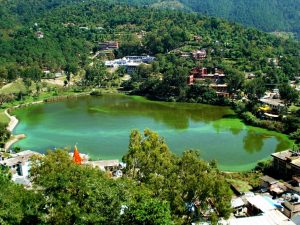 About 25 km from Mandi, 14 km from Ner Chownk is the Rewalsar lake, famous for its floating islands of reed. It is believed that all seven of them can be moved by prayer or breeze. There are three shrines here, a Buddhist Monastery, where elaborate rituals are performed, a Sikh Gurudwara and a Hindu Temple. It was from this place that the sage Padma Sambhava, a zealous teacher of Buddhism, left as a missionary to preach the doctrine of “the enlightened” in Tibet.
About 25 km from Mandi, 14 km from Ner Chownk is the Rewalsar lake, famous for its floating islands of reed. It is believed that all seven of them can be moved by prayer or breeze. There are three shrines here, a Buddhist Monastery, where elaborate rituals are performed, a Sikh Gurudwara and a Hindu Temple. It was from this place that the sage Padma Sambhava, a zealous teacher of Buddhism, left as a missionary to preach the doctrine of “the enlightened” in Tibet.
Joginder Nagar:-
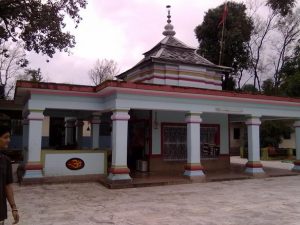 The large hydro-electric project in Jogindernagar is a living tribute to man he has harnessed and tamed the wild and roaring river for his betterment.Here an electric trolley takes the visitor up the steep,rocky face of 2,500 metres-high(8,202 ft) mountain and drops sharply on the other side to Barot,where the reservoir is located.
The large hydro-electric project in Jogindernagar is a living tribute to man he has harnessed and tamed the wild and roaring river for his betterment.Here an electric trolley takes the visitor up the steep,rocky face of 2,500 metres-high(8,202 ft) mountain and drops sharply on the other side to Barot,where the reservoir is located.
The railway line goes up to the power station,the water rushing down from the reservoir at Barot in the Uhl river through penstock pipes going down nearly a thousand metres(3,280 ft).
Sunder Nagar:-
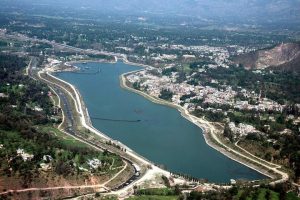 Famous for its temples,26 k.m. from Mandi towards Shimla and at a height of 1,174 metres on the raised edge of a fertile valley, the beautiful town of Sundernagar is known for its shady walks amidst towering trees. On top of a hill and visited by thousands of devotees every year, is the Sukhdev Vatika and temple of Mahamaya. this is attractive town where the balancing reservoir of the Beas-Sutlej ink canal is located. The road has the canal on one side and lush green field on the other which makes drinking along it a real pleasure. The Mahamaya Temple is on the top of the hill.
Famous for its temples,26 k.m. from Mandi towards Shimla and at a height of 1,174 metres on the raised edge of a fertile valley, the beautiful town of Sundernagar is known for its shady walks amidst towering trees. On top of a hill and visited by thousands of devotees every year, is the Sukhdev Vatika and temple of Mahamaya. this is attractive town where the balancing reservoir of the Beas-Sutlej ink canal is located. The road has the canal on one side and lush green field on the other which makes drinking along it a real pleasure. The Mahamaya Temple is on the top of the hill.
Janjehli:-
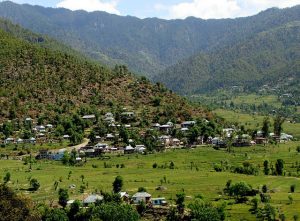 At a distance of 67 k.m. from Mandi,Janjehli is a paradise for hikers, offering treks up to a height of 3,300 metres. After covering 32 k.m. by a motorable road up to Gohar and rest of the journey is on foot. In the midest of thick forest, forests (15 km from Gohar) is Bajahi.There is a beautiful and well furnished rest house to stay overnight, from here Janjehli is a scant 20 km away through bridle path.
At a distance of 67 k.m. from Mandi,Janjehli is a paradise for hikers, offering treks up to a height of 3,300 metres. After covering 32 k.m. by a motorable road up to Gohar and rest of the journey is on foot. In the midest of thick forest, forests (15 km from Gohar) is Bajahi.There is a beautiful and well furnished rest house to stay overnight, from here Janjehli is a scant 20 km away through bridle path.
Barot:-
 40 km by road from Jogindernagar, and 12 km by the haulage trolley, Barot packs an enormous range of out door activity. The reservoir of the power project is located here, and there is a trout breeding centremaking it a wonderful place for angling. Across the river Uhl is the Nargu wild life sanct~ary home to the ghoral, Himalayan black bear and a variety of pheasants.
40 km by road from Jogindernagar, and 12 km by the haulage trolley, Barot packs an enormous range of out door activity. The reservoir of the power project is located here, and there is a trout breeding centremaking it a wonderful place for angling. Across the river Uhl is the Nargu wild life sanct~ary home to the ghoral, Himalayan black bear and a variety of pheasants.
Shyamkali Temple:-
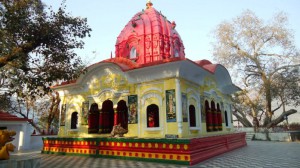 Also called the temple of Tarna Devi on Tarna Hill which rises above the town. In the 17th century this was built by Raja Shyama Sen after particularly trying time when the godess gave him success.
Also called the temple of Tarna Devi on Tarna Hill which rises above the town. In the 17th century this was built by Raja Shyama Sen after particularly trying time when the godess gave him success.
Triloknath Shiva Temple:-
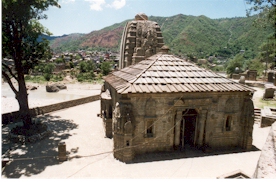 It is built in the Nagari style with a tiled roof. The temple at the centre of a group of sculpted stones shrines, overlooks the river and offers good views. Inside the temple, Lord Shiva has been depicted as the lord of the three worlds, at the Panchvakhra he has five faces, expressing his five aspects.
It is built in the Nagari style with a tiled roof. The temple at the centre of a group of sculpted stones shrines, overlooks the river and offers good views. Inside the temple, Lord Shiva has been depicted as the lord of the three worlds, at the Panchvakhra he has five faces, expressing his five aspects.
SHOPPING:-
shopping in Mandi, find out the right places to shop. The locals hike the prices and sell their goods. They expects the tourists to bargain. When you visit some of the adjacent places like Sundernagar, keep your eyes open for pahari and tribal handicrafts.
FOOD:-
There are few good restaurants in the city and you can also try the restaurants at the luxury hotels.

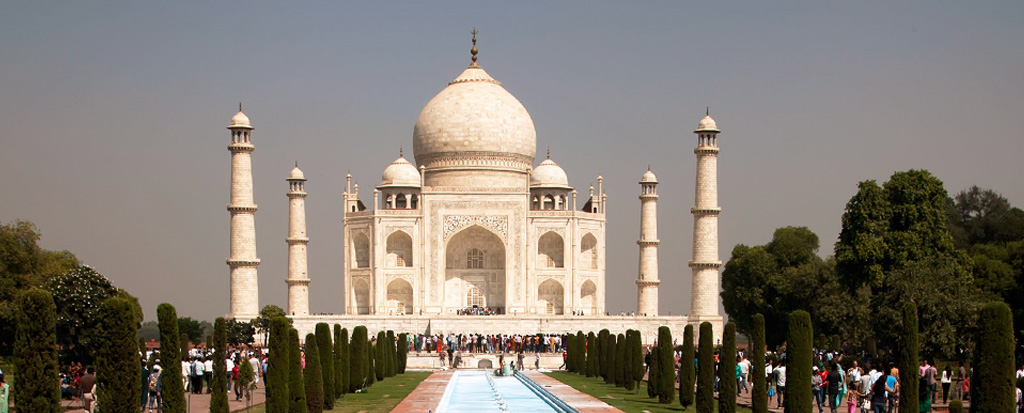


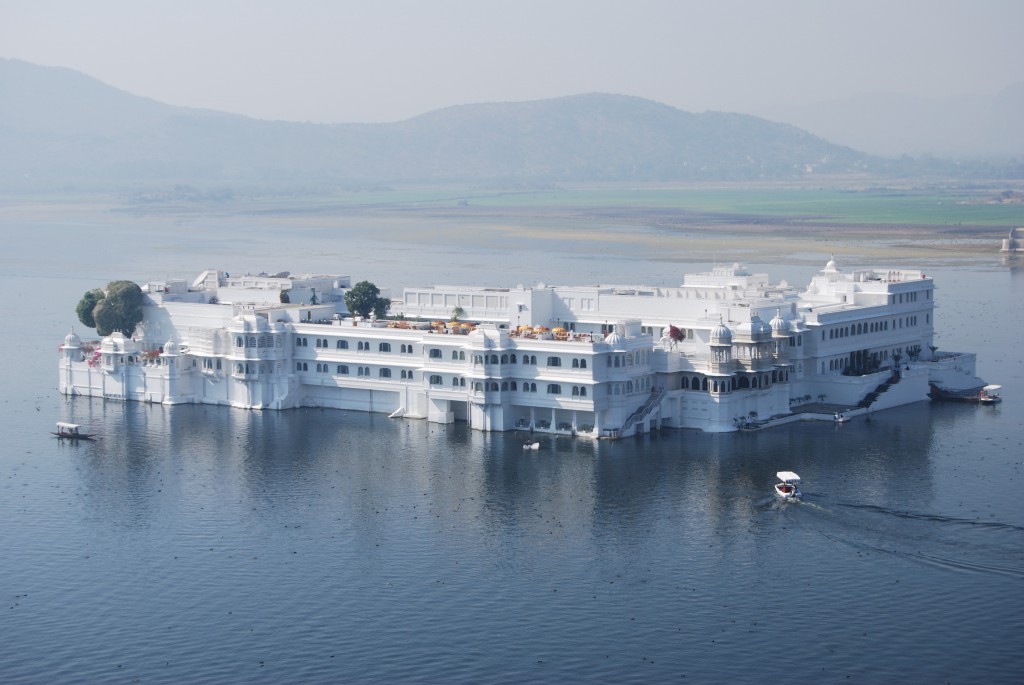
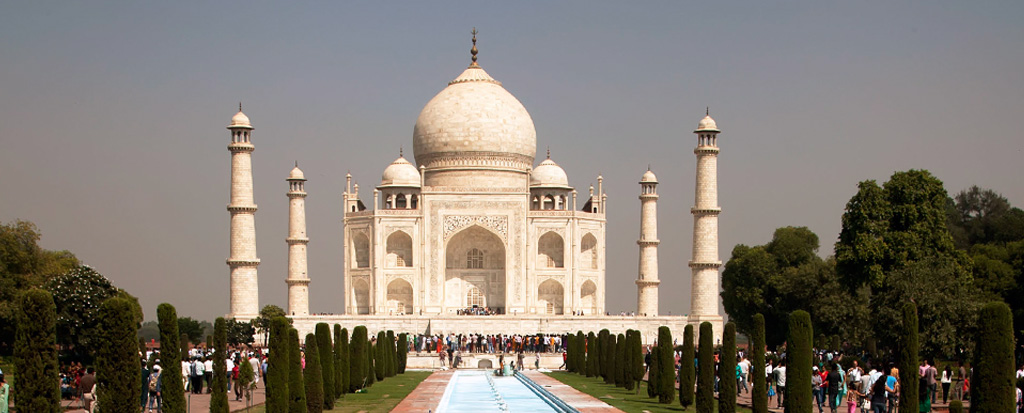
Recent Comments